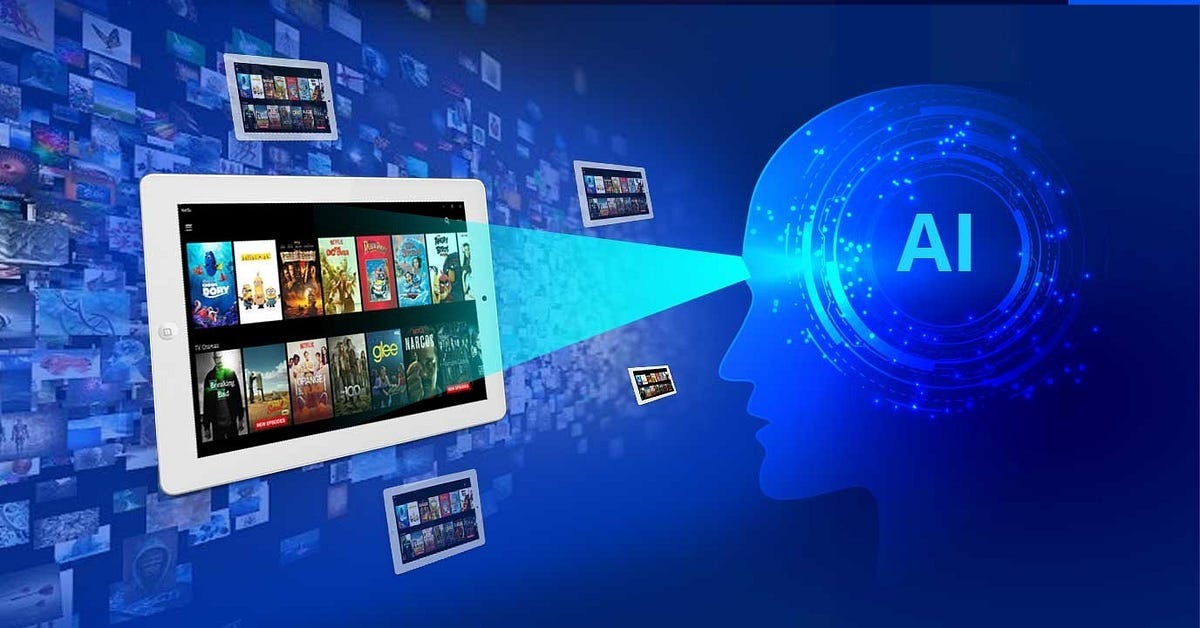
Artificial intelligence is not an add-on feature in live video chat apps anymore. It's now deeply integrated into the core functions that make these platforms work smoothly. From improving call quality to keeping conversations safe, AI is involved in many critical ways. For developers, product owners, and system architects working in this space, understanding how AI shapes the modern live video experience is essential.
This article explores how AI is applied throughout the live video chat experience. It covers video quality, security, user engagement, accessibility, moderation, technical execution, and performance. The goal is to provide a clear, honest view of what AI really does in live video chat apps, without exaggeration or unnecessary complexity.
How does AI improve video and audio quality in live chat apps?
One of the most noticeable benefits of AI is how it enhances video and audio quality. AI can improve low-light video by adjusting contrast and color automatically. It can stabilize a shaky image and sharpen blurry edges, all while the video is running. This is especially important when users move around, use poor cameras, or have bad lighting conditions.
AI also improves audio by reducing background noise and echo. It can recognize a human voice and separate it from unwanted sounds like keyboard clicks, fans, or street noise. In group calls, AI can detect who is speaking and apply audio focus to that voice. This makes the conversation clearer and more pleasant for everyone involved.
These enhancements are processed in real time using edge computing or cloud-based pipelines. The result is a smoother, more natural communication experience that doesn't require any technical effort from the user.
What role does AI play in real-time video chat interactions?
Live conversations demand speed and accuracy. AI helps manage and optimize real-time video chat interactions by adjusting bitrate, resolution, and packet delivery based on current network conditions. It can detect lag or signal loss and adapt dynamically so that the video feed doesn’t freeze or drop.
AI can also track where a person's face is and keep them centered in the frame. This is useful when someone is using a phone or laptop that moves slightly during a conversation. It adds polish to the interaction without the person needing to adjust the camera manually.
Live transcription is another critical use. AI can convert spoken words into on-screen text as the conversation happens. This is helpful not only for accessibility but also for clarity in noisy environments or when participants have different accents or speaking styles.
How does AI help keep video chat environments safe?
Content moderation in live video chat is complicated. Unlike text chat or pre-recorded content, there's very little time to react. AI helps by monitoring audio and video streams as they happen. It can detect nudity, violent actions, hate symbols, or abusive language within seconds. If anything harmful appears, the system can take actions such as blurring the video, muting the audio, or alerting human moderators.
These tools are especially useful in platforms where users connect with strangers or host large-scale public chats. AI can also check for signs of harassment, spam, or impersonation. In some systems, AI is trained to understand patterns of disruptive behavior and take preemptive steps to protect users.
AI moderation is not perfect, and false positives can happen. That’s why human review systems are still important. But the speed of AI is what makes it valuable: it responds in seconds, not minutes.
How does AI detect deepfakes in live video?
Deepfakes are a growing concern in live video chat, particularly in areas like online education, telehealth, and customer service. Someone could use AI tools to appear as another person and deceive users. Detecting these manipulations in real time is challenging.
AI-based detection tools look for visual clues that something is off. These include inconsistencies in lighting, facial movements that don’t align with speech, or missing facial micro-expressions. Audio analysis can also help spot synthetic voices by identifying unnatural pauses or compression artifacts.
Some applications now use authentication tools that combine AI with facial recognition or liveness checks. These steps help confirm that a real person is on the other side of the screen, not a video overlay or AI-generated image.
How is AI used to make video chat more accessible?
AI helps make live video chat inclusive for people with different needs. One common feature is real-time captioning. The AI listens to the speaker and adds readable subtitles instantly. This supports users who are deaf or hard of hearing and makes it easier for others to follow fast speech or unfamiliar accents.
For users with visual impairments, AI can describe who is in the frame, read aloud messages in the chat, or provide feedback about screen layout. Voice commands powered by natural language processing allow users to control the interface without touching a screen.
AI also handles language translation. In multilingual meetings, it can convert spoken language into another language, both as text or voice. While translations are not perfect, they are often good enough to help participants understand each other and move the conversation forward.
What personalization features are made possible by AI?
AI enables real-time personalization in video chat apps. Users can change their background or apply filters without needing green screens or advanced cameras. AI identifies the subject (usually the user) and separates them from the background. Then it replaces the background with a virtual scene, blurs it, or adds visual effects.
Some platforms also use AI to create avatars. These digital characters mirror the user's facial expressions and gestures using camera input. This feature is popular in casual social apps, gaming, and environments where users prefer not to show their real face.
Voice effects are another area where AI adds customization. Users can modify how they sound, whether for fun or privacy. AI processes their voice and changes pitch, speed, or tone while keeping speech clear.
How does AI support performance monitoring and app stability?
AI systems can analyze thousands of data points from ongoing video sessions to identify problems. They detect dropped packets, frame rate drops, and latency spikes. Then they suggest actions such as switching servers, adjusting resolution, or rerouting traffic.
These insights help app developers find bugs, fix server issues, and optimize performance without needing to manually inspect every session. This is especially useful at scale, where human monitoring is impossible.
AI also plays a role in predicting user behavior. It can identify churn risk, common frustration points, or feature usage trends. This allows product teams to design better experiences and allocate technical resources more effectively.
What technical challenges do teams face when using AI in live video chat?
Live video puts a high load on system resources. Adding AI increases that pressure. AI models must run with low latency and minimal memory use. To avoid delays, many systems run lightweight models on the device itself or use hybrid setups that combine device processing with cloud computing.
Language diversity is another challenge. AI systems must work across different dialects, accents, and regional languages. This requires high-quality data, strong training methods, and regular updates.
Privacy laws also play a role. Developers must handle data responsibly and comply with rules like GDPR or CCPA. AI features that involve biometrics, such as facial recognition or emotion tracking, must be optional and transparent.
How do teams balance AI innovation with user trust?
Using AI in live video chat is powerful but sensitive. Users often don’t realize how much AI is involved in their call experience. That’s why clear communication, permission settings, and opt-out options matter.
It’s also important to monitor AI outcomes. If moderation is too aggressive or personalization features misfire, users lose trust. Testing AI with real users, listening to feedback, and keeping a human in the loop where needed helps strike the right balance.
When handled well, AI feels invisible. It doesn’t replace people, it just makes live interactions clearer, faster, and more comfortable.
Keeping the conversation real and human
Artificial intelligence does a lot of work behind the scenes in live video chat apps. It keeps things sharp, smooth, and secure without asking much from the user. Whether it's helping you look better on camera, making sure you're heard clearly, or stopping harmful content before it spreads, AI is now part of the core of every serious live chat platform.
Still, the goal is not to make conversations artificial. It’s to remove the friction so people can focus on what they came for: real, human connection.



